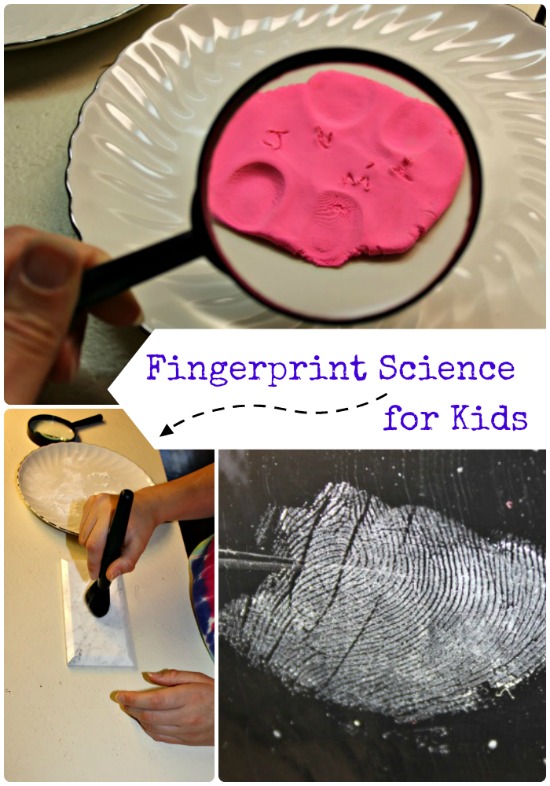Introduction:
Forensic science is an intriguing field that combines science, investigation, and problem-solving. Not only does it play a vital role in solving crimes, but it also generates curiosity among children. Introducing kids to the world of forensic science can help develop their analytical skills, nurture their curiosity, and spark their interest in various scientific fields. Here are 12 fascinating forensic science activities for kids to explore and enjoy.
1. Fingerprint Analysis:
Teach kids how to take their fingerprints using ink pads or pencil lead powder and tape. Have them analyze the unique patterns and classify them into categories such as loops, whorls, and arches.
2. Hair & Fiber Examination:
Collect different types of hair and fibers from around the house or neighborhood. With the help of a magnifying glass or microscope, let the children compare and analyze these samples for colour, texture, and structure.
3. Handwriting Comparison:
Provide a few handwriting samples for kids to observe and compare by focusing on aspects like size, spacing, slanting, and letter formations. Encourage them to match a given writing sample to the possible author(s).
4. Chromatography:
Introduce kids to chromatography by having them separate ink components of markers or pens using coffee filters or absorbent paper strips submerged in water or rubbing alcohol.
5. Shoeprint Analysis:
Collect shoeprints from various shoes by pressing them onto ink pads or dirt before stepping on paper. Have children study the imprints carefully while comparing patterns, tread designs, and sizes.
6. Blood Typing Simulation:
Using food colouring to represent different blood types (A, B, AB & O), let kids learn about blood typing by conducting blood transfusion simulations with coloured water in test tubes.
7. DNA Extraction:
Teach children how to extract DNA from fruits such as strawberries or kiwis using supplies like a ziplock bag, dish soap, and rubbing alcohol.
8. Lie Detector Test:
Set up a simple lie detector test using a DIY circuit with materials like aluminum foil, wires, and LED lights. Teach kids to observe changes in skin conductivity as they ask friends or family members simple questions.
9. Bite Mark Impressions:
Make bite mark impressions using apples or playdough and compare the markings created by different teeth structures.
10. Investigating Fabric Evidence:
Test different fabric samples under UV light to learn about various fabric types and their reactions to UV light. Explain how this technique can help identify clothing evidence found at crime scenes.
11. Crime Scene Investigation (CSI) Game:
Create a mock crime scene with props like footprints, fingerprints, hair fibers, and scattered clues. Assign roles to kids, such as detectives, forensic experts, or witnesses, and encourage them to work together to solve the crime.
12. Use of Microscopes:
Allow kids to handle and use microscopes for examining minute details on everyday objects or collected specimens (e.g., hair strands or insects) to develop an understanding of how scientists use magnification tools in forensic investigations.
Conclusion:
These 12 fascinating forensic science activities offer a fun and engaging way for kids to delve into the world of forensics while learning essential scientific concepts. By providing hands-on experiences, children can develop a strong foundation in analytical skills and critical thinking that will benefit them throughout their lives.





